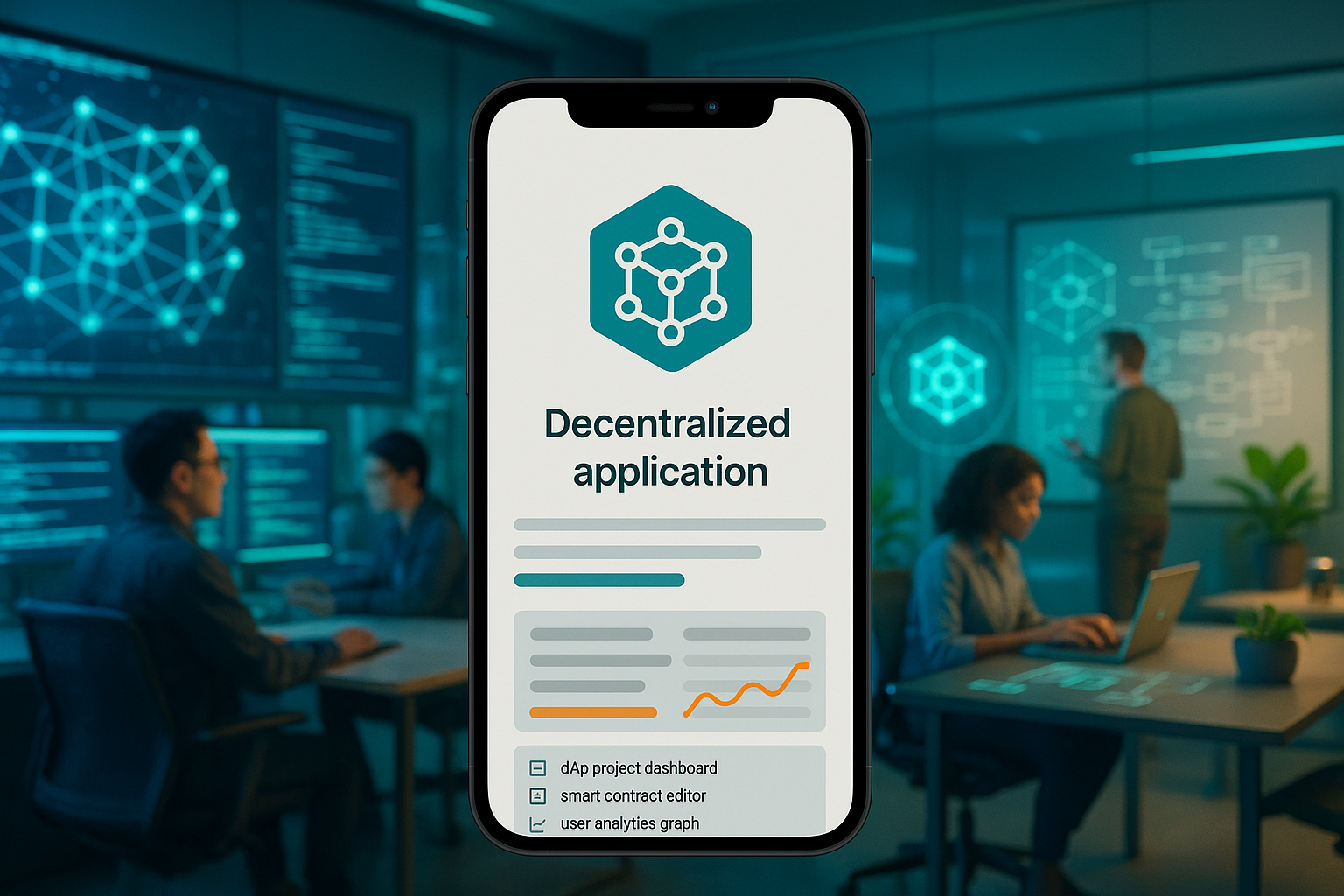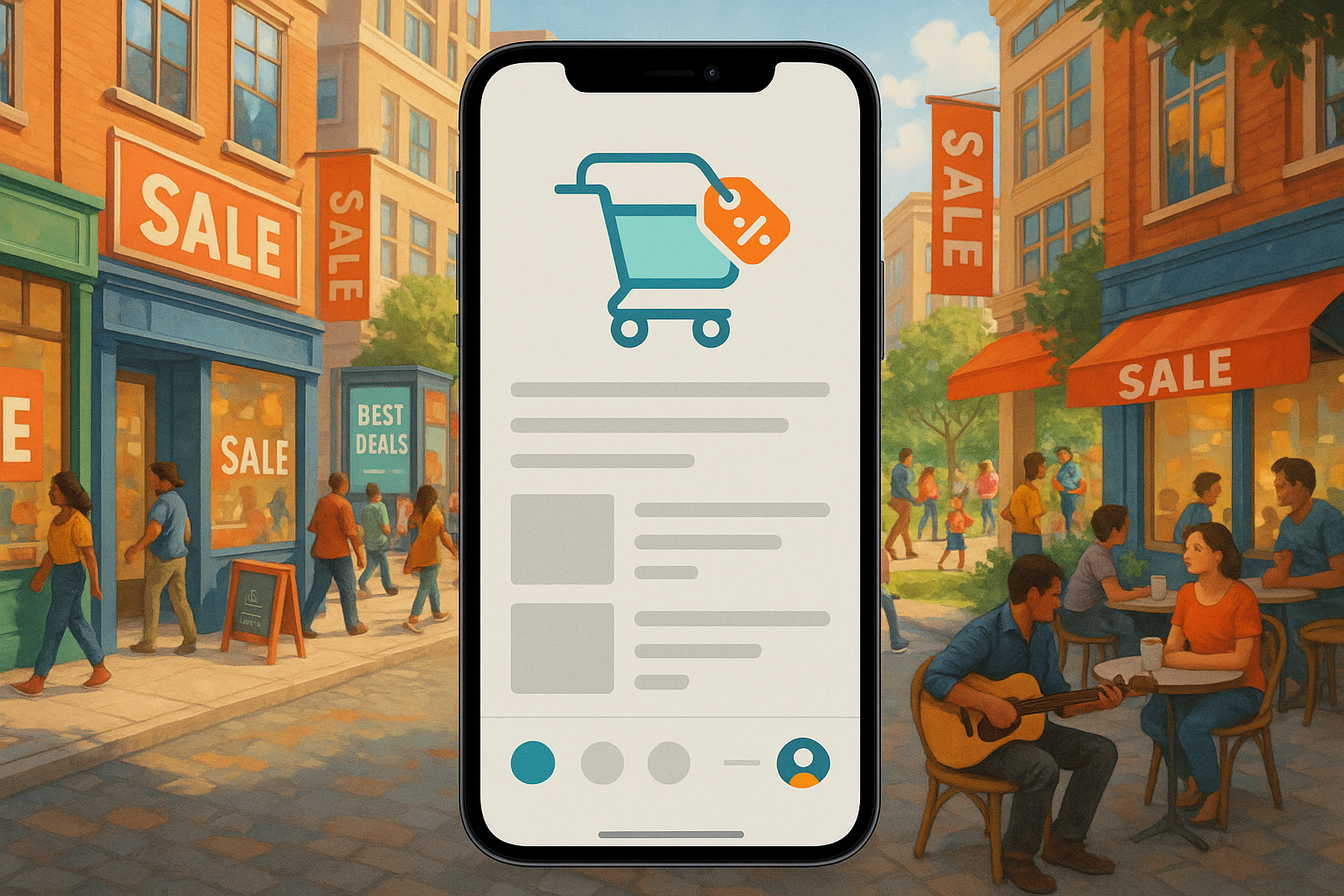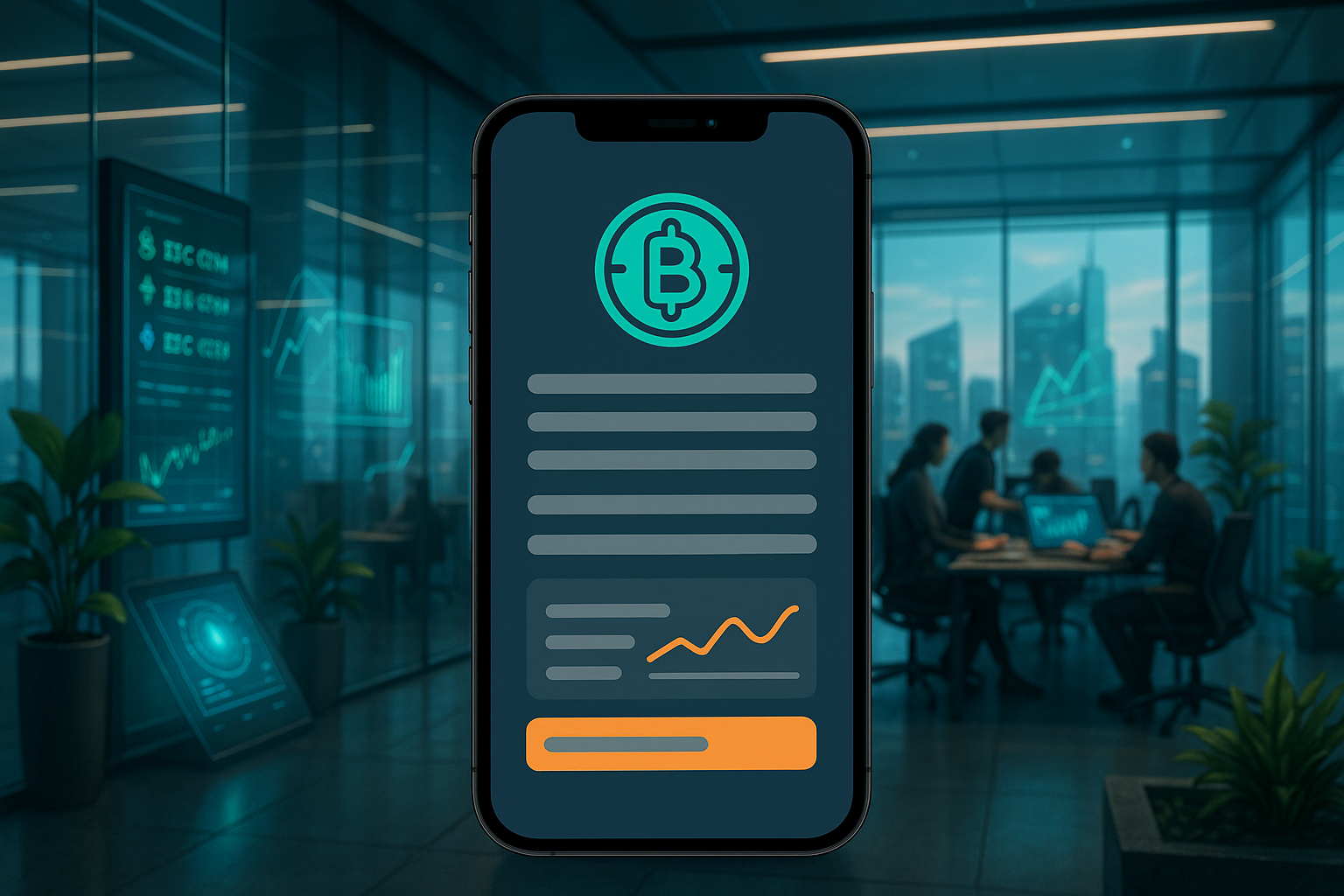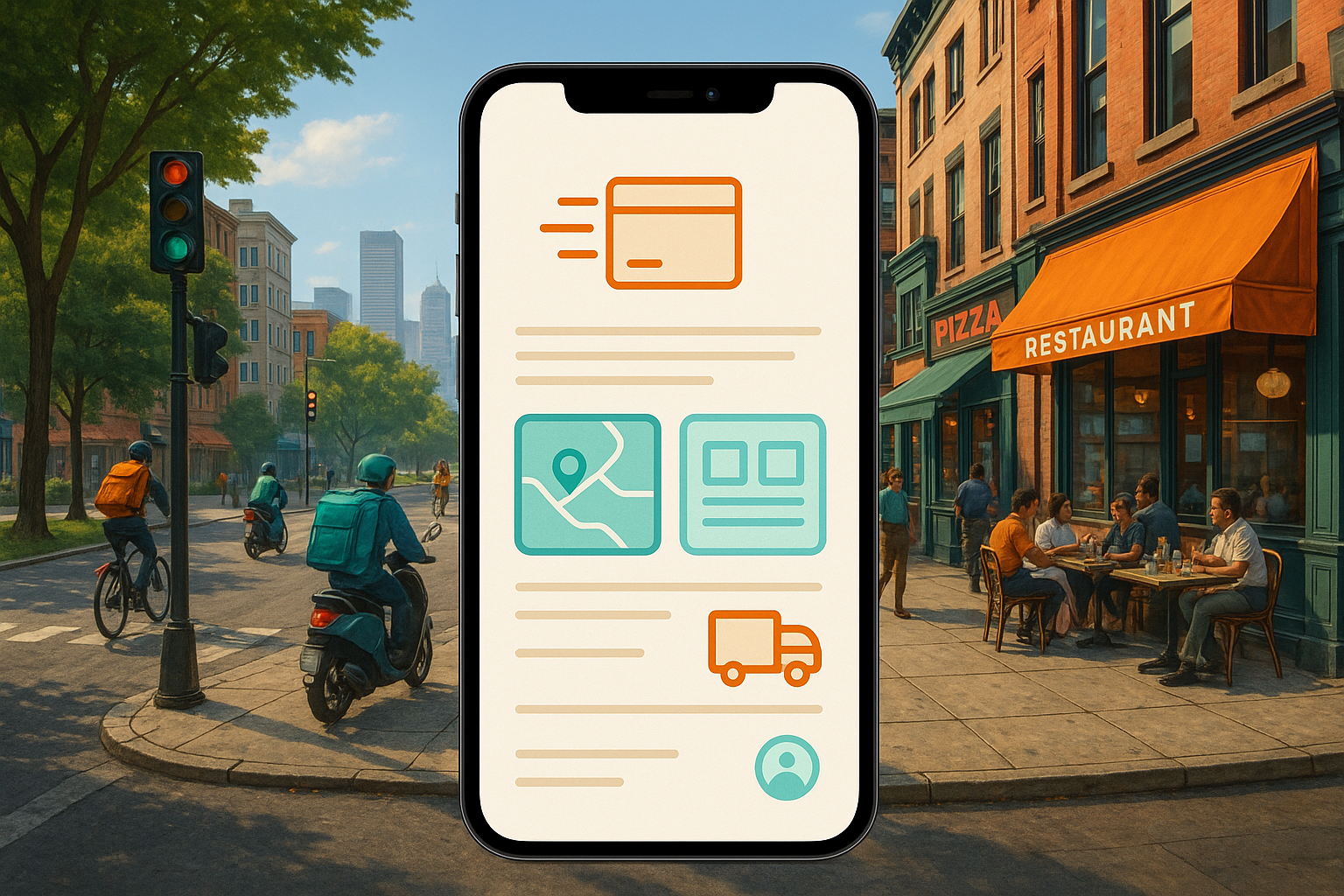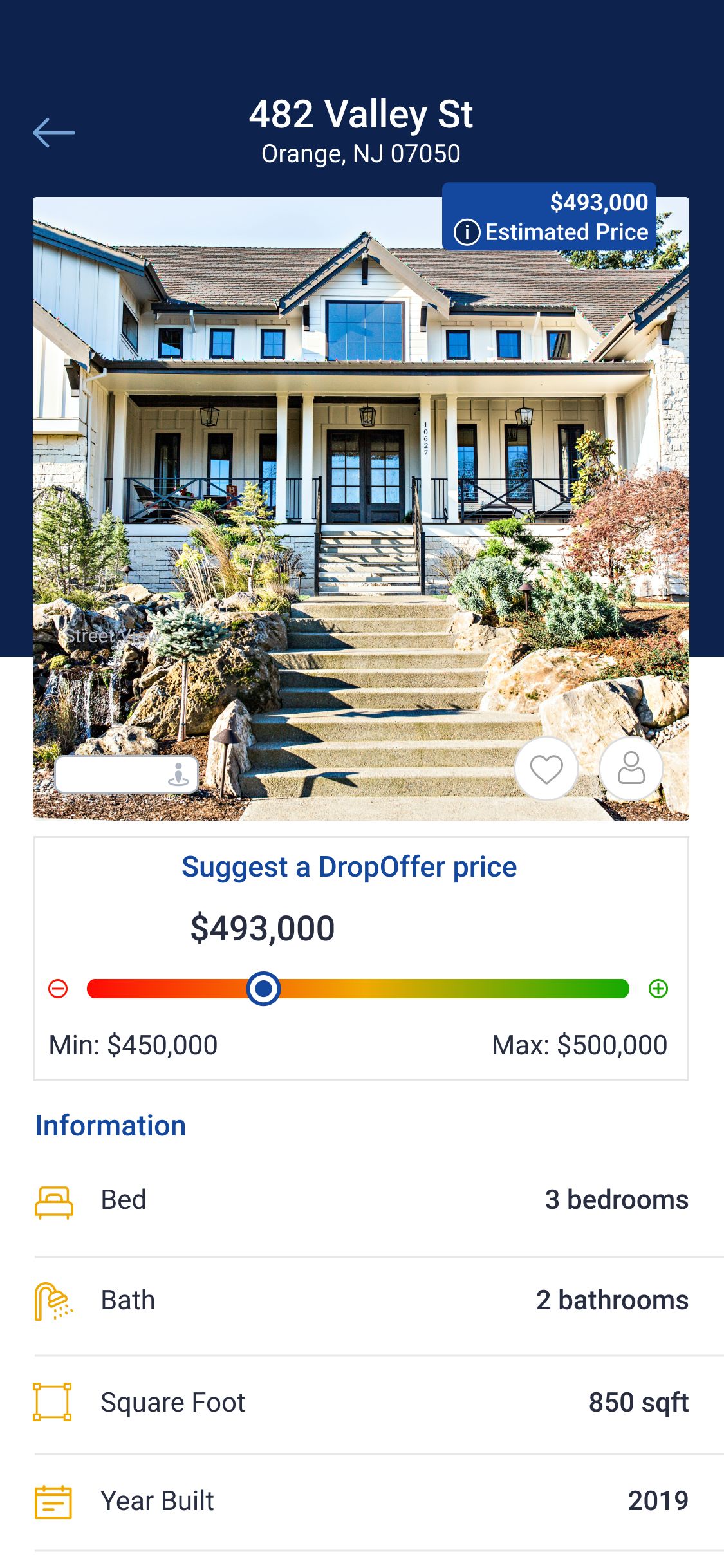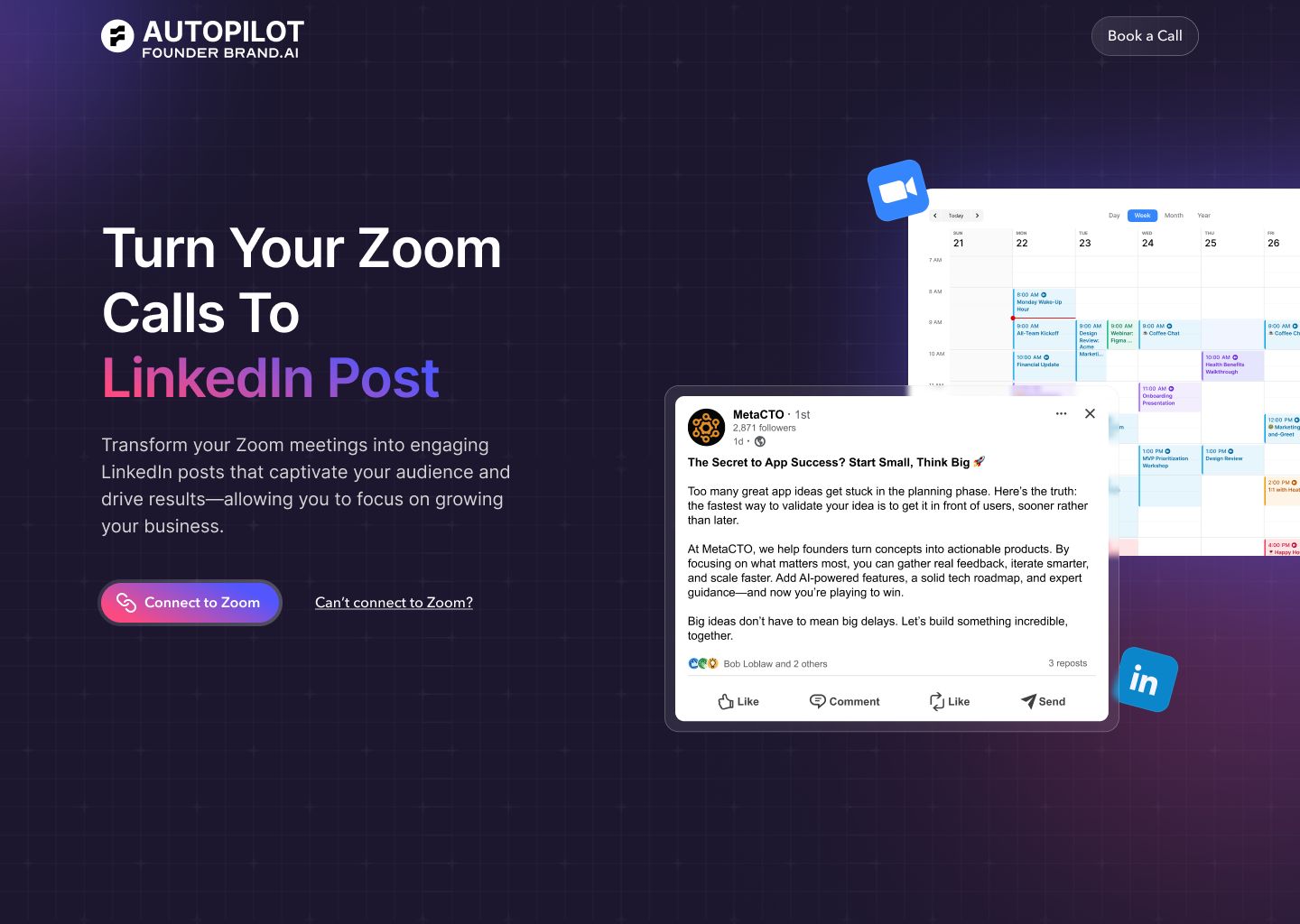Introduction
Decentralized applications, or dApps, represent a paradigm shift in how we think about software, promising a future of user-owned data, censorship resistance, and peer-to-peer interaction without intermediaries. Yet, the path from a revolutionary dApp idea to a successful, market-ready product is fraught with unique and formidable challenges. From the deep technical complexities of smart contract engineering and blockchain scalability to the nuanced art of creating a user-friendly interface for a technology many still find arcane, the hurdles can seem insurmountable for even the most capable in-house teams. Unpredictable variables in user adoption, the ever-shifting regulatory landscape, and the constant threat of security vulnerabilities can make or break a project before it ever gets off the ground.
This article serves as a comprehensive guide to the world of decentralized app development. We will demystify the core concepts, providing a clear definition of what a dApp is and what sets it apart from traditional applications. We will then dive deep into the specific reasons why in-house dApp development is so difficult, exploring the technical, security, and user-experience obstacles that developers face. Furthermore, we’ll survey the diverse landscape of dApp types, examine the potential costs associated with bringing one to life, and identify the leading companies that can guide you through this process.
As a top US AI-powered mobile app development firm with over two decades of experience, we at MetaCTO have guided countless projects from concept to launch and beyond. We understand that integrating cutting-edge technology like dApps into a mobile-first world requires a specialized blend of skills that few possess. This guide will not only inform you but also show you how partnering with an expert agency can de-risk your project, accelerate your timeline, and transform your innovative vision into a secure, scalable, and successful decentralized application.
What is a Decentralized App (dApp)?
At its core, a decentralized application, or dApp, is a software program that runs on a blockchain or a peer-to-peer (P2P) network of computers rather than on a single, centralized server. This fundamental architectural difference is the source of a dApp’s most powerful and disruptive characteristics. Unlike traditional applications, which operate under the control of a single company or authority, dApps are distributed across a network and are collectively controlled by their users. This structure renders them free from the control and interference of any single entity.
DApps are conceptually similar to older P2P applications like BitTorrent or Tor, but they elevate the model by running on a blockchain network in a public, open-source, and decentralized environment. This integration with blockchain technology, most commonly the Ethereum platform, is what truly sets them apart. The operation of a dApp is nearly always governed by smart contracts—self-executing contracts with the terms of the agreement directly written into code. These smart contracts automate transactions and enforce rules without the need for a trusted intermediary.
With a dApp, users engage in transactions directly with one another. This disintermediation can lead to significant benefits, including reduced costs, increased efficiency, and greater accessibility for a global user base. Anyone with an internet connection can potentially access and use a dApp.
Key Benefits of dApps
The decentralized architecture of dApps provides several distinct advantages over their centralized counterparts:
- User Privacy and Control: Many of the advantages of dApps center around their ability to safeguard user privacy. They rely on blockchain protocols that can hide personal information, and users often interact through anonymous wallets. Data is owned by the user, not a central corporation.
- Censorship Resistance: Because there is no central point of control, it is incredibly difficult for any single government or company to shut down a dApp or censor its content. This has made dApps a popular foundation for alternative social media platforms.
- Enhanced Security and Transparency: DApps leverage blockchain technology to secure data. Blockchains make data immutable through cryptographic techniques and distributed consensus. Since the ledger is shared and compared across all users, data in a dApp cannot be altered once recorded. This creates a transparent record of all transactions, allowing users to verify data integrity without relying on a central authority.
- Flexibility and Innovation: Open-source platforms like Ethereum provide a flexible foundation and the necessary infrastructure for creating new dApps. This allows developers to focus their efforts on finding innovative uses for digital applications across a vast range of industries.
While many dApps are free to use, some may require users to pay a developer in cryptocurrency to download or use the program’s source code. From self-executing financial contracts and multi-user games to secure voting systems and supply chain management tools, dApps have the potential to disrupt traditional industries by enabling secure and efficient peer-to-peer interactions on a global scale.
Reasons It Is Difficult to Develop a Decentralized App In-House
While the promise of dApps is immense, the reality of building one is extraordinarily complex. In-house development teams, even those with significant software engineering experience, often find themselves unprepared for the unique set of challenges posed by the decentralized ecosystem. These difficulties span the entire development lifecycle, from foundational architecture to long-term maintenance.
Scalability and Performance Bottlenecks
One of the most persistent issues plaguing the dApp space is scalability. Public blockchains like Ethereum, while secure, can become congested during periods of high demand. This has several negative consequences for a dApp:
- Latency: Blockchain transactions are inherently slower than those processed by centralized databases. This latency can be a deal-breaker for applications that require real-time interaction, such as gaming or social media dApps.
- High Transaction Fees: When a network is congested, the “gas fees” required to process a transaction can spike dramatically, making the dApp prohibitively expensive for users to operate.
- Complex Solutions: To combat these issues, developers often turn to Layer-2 solutions like Optimism and zkSync. While these can improve speed and reduce costs, they introduce another layer of complexity for developers, who must decide whether to optimize their dApp for speed, cost, or decentralization—a constant balancing act. Integrating with these rollups is not always a seamless process.
The High-Stakes World of Smart Contract Development
Smart contracts are the backbone of a dApp, but they are also its greatest potential point of failure. The code is immutable once deployed on the blockchain, meaning any mistake is permanent and can have devastating consequences.
- Catastrophic Vulnerabilities: A single vulnerability in smart contract code can be exploited by malicious actors to drain millions of dollars in funds, tarnishing not only the project but the reputation of the entire industry.
- Specialized and Difficult Languages: Writing secure, efficient smart contracts requires mastery of blockchain-specific languages like Solidity or Rust. These are not typically part of a standard developer’s toolkit, and even seasoned dApp developers can make critical mistakes.
- Debugging Challenges: Traditional debugging tools are ineffective for smart contracts. Understanding how blockchain systems handle state and storage adds another layer of complexity, making the process of finding and fixing bugs exceptionally difficult.
Creating an Intuitive User Experience (UX)
The user experience for most dApps remains a significant barrier to mainstream adoption. The technology is new and complex, and abstracting this complexity away from the end-user is a major design challenge.
- Engineer-Centric Design: Most dApps today look and feel like they were designed by engineers, not professional UX/UI designers. They are often clunky, unintuitive, and littered with technical jargon like “gas fees” that can baffle non-crypto users.
- Wallet and Key Management: Interacting with a dApp requires a crypto wallet, and making this integration seamless is a challenge. Furthermore, many users struggle with the concept of private key management—the responsibility of securing their own assets without a “forgot password” option.
- Simplifying Complexity: For dApps in areas like Decentralized Finance (DeFi), simplifying interactions with complex financial tools is a monumental task. The user must be guided through a process that is both powerful and safe.
Security, Scams, and Regulatory Hurdles
Beyond smart contract bugs, dApps are a prime target for a variety of attacks and fraudulent schemes. The decentralized and often anonymous nature of the ecosystem makes it difficult to hold perpetrators accountable.
- Common Attacks: Developers must guard against reentrancy attacks, oracle manipulation (a major risk for DeFi platforms), and phishing attacks targeting unsuspecting users.
- Malicious dApps: Scams have been perpetrated through dApps, including Ponzi schemes and fake Initial Coin Offerings (ICOs) used to raise funds for non-existent projects. Some dApps have even been used to distribute malware.
- Staggering Losses: According to industry analytics group DappRadar, 312 hacks and vulnerabilities affected dApps in 2022, leading to losses of around $48 billion. While financial losses decreased in 2023, the frequency of hacks actually increased by 17.3%.
- Shifting Regulations: The laws governing dApps vary wildly across jurisdictions, making compliance a moving target. Regulators struggle with the decentralized nature of dApps, which don’t fit into traditional, location-based frameworks. Issues around token issuance, privacy preservation, and Anti-Money Laundering/Know-Your-Client (AML/KYC) requirements add layers of legal complexity.
The Challenge of Integrating dApps into Mobile Apps
For us at MetaCTO, a key focus is mobile app development. Integrating blockchain technology into a mobile environment introduces its own set of obstacles that compound the issues above.
- Developer Complexity: Inexperienced mobile developers find blockchain technology overwhelmingly complex. Its decentralized nature requires a completely different strategy from conventional centralized databases.
- User Reluctance: The typical mobile app user may not understand blockchain and could be hesitant to use an app that incorporates it, especially if it has complicated features.
- Resource Consumption: Blockchain networks can be extensive energy consumers, leading to high operating costs and environmental concerns, which can be a turn-off for mobile users conscious of their device’s battery life.
Hiring an expert development agency like MetaCTO can bridge this critical gap. We possess the deep, specialized knowledge of both mobile app architecture and blockchain technology, allowing us to build a seamless, user-friendly mobile dApp that abstracts away the underlying complexity for the user while ensuring robust security and performance on the back end.
Different Types of Decentralized Apps
The flexibility of dApp architecture has given rise to a diverse and rapidly expanding ecosystem of applications across numerous sectors. They have been developed to decentralize a range of functions, eliminating intermediaries and empowering users. Here are some of the most prominent categories and examples.
Financial dApps
This is arguably the most developed and widely used category of dApps, often referred to as Decentralized Finance (DeFi). These applications aim to rebuild traditional financial systems on the blockchain.
- Decentralized Exchanges (DEXs): These platforms allow users to trade cryptocurrencies directly with one another from their own wallets, without needing an intermediary like a bank or broker. Uniswap, a protocol built on Ethereum, is a prime example. It uses automated smart contracts to create liquidity pools that facilitate trades in a seamless and secure manner.
- Cryptocurrency Wallets: Wallets are among the most popular dApps, serving as the primary interface for users to interact with the blockchain. They allow users to store, send, and receive digital assets. MetaMask is one of the most widely used wallets.
- Lending and Borrowing Platforms: These dApps enable users to lend their crypto assets to earn interest or borrow assets against collateral, all governed by smart contracts.
- Self-Executing Financial Contracts: These are smart contracts that automate financial agreements, such as escrow services, insurance payouts, or derivatives trading.
Gaming and Collectibles
Blockchain technology has unlocked new models for gaming and digital ownership, where in-game assets are truly owned by the players.
- Play-to-Earn (P2E) Games: These are multi-user games where players can earn cryptocurrency or non-fungible tokens (NFTs) that have real-world value.
- Crypto Collectibles: These are unique, one-of-a-kind digital assets verified on a blockchain. CryptoKitties is a famous early example. It’s a blockchain-based virtual game where players can adopt, raise, and trade unique virtual cats. Each CryptoKitty is validated through the blockchain, and its value can appreciate or depreciate based on market demand.
- Gambling: Gambling dApps, such as MetaWin, have also become very popular, offering provably fair gaming based on the transparency of the blockchain.
Social Media, Governance, and Identity
DApps are being developed to create more open, democratic, and user-centric platforms for communication and organization.
- Social Media Platforms: These dApps offer censorship-resistant alternatives to traditional social networks, where users control their own data and content.
- Voting and Governance: DApps have been developed to enable secure, blockchain-based voting and governance systems for organizations, communities, or even political elections.
- Identity Verification: DApps can provide users with a self-sovereign digital identity that they control and can use to securely access various services without relying on a centralized identity provider.
Enterprise and Niche Applications
The practical uses for dApps extend far beyond finance and gaming into various business and societal functions.
- Supply Chain Management: DApps can create a transparent and immutable record of goods as they move through a supply chain, reducing fraud and improving efficiency.
- Real Estate: Smart contracts can automate complex real estate transactions, from property sales to rental agreements.
- Healthcare and Education: DApps are being explored for securely managing sensitive patient health records or verifying academic credentials.
- Web Browser Plugins: Some dApps can be integrated directly into web browsers to serve ads, track user behavior (with user consent), or solicit crypto donations.
This is just a snapshot of a vibrant and innovative field. As the technology matures, dApps will continue to find new and disruptive applications across almost every industry imaginable.
Cost Estimate for Developing a Decentralized App
Determining the cost to build a dApp is not a straightforward calculation; it depends on a multitude of factors. While establishing a dApp may not be as expensive as some imagine, businesses on a tight budget need to carefully evaluate all project parameters to arrive at a final quote. The complexity and number of features are the primary price drivers.
Key Factors Influencing dApp Development Cost
Several core components will significantly impact the final cost of your dApp project:
- Complexity and Features: A simple proof-of-concept dApp will cost significantly less than a complex DeFi platform with numerous features, integrations, and security protocols. The more intricate the logic within the smart contracts, the higher the development and auditing costs.
- Industry Specialization: The industry your dApp serves affects the cost. For example, developing a healthcare dApp with stringent data privacy requirements will be distinct from building a gaming dApp. Financial dApps, which require robust security and regulatory compliance, typically start at a higher price point.
- Blockchain Platform and Consensus Mechanism: The platform you build on (e.g., Ethereum, Solana, ICP) and the consensus mechanism it uses will impact development complexity and cost.
- UI/UX Design: A polished, user-friendly interface is crucial for adoption but requires significant investment in design and front-end development to abstract away blockchain’s complexities.
- Integrations: The need to integrate with third-party APIs, oracles (for real-world data), or other blockchain networks will add to the development time and cost.
- Security Audits: Given the high stakes of smart contract security, a third-party security audit is non-negotiable for any serious dApp. This is a critical but additional expense.
General Cost Estimates
Based on the size of the development firm and the project’s scope, we can outline some general cost ranges.
| Development Firm Size | Typical Cost Range | Project Examples |
|---|---|---|
| Modest Company (50+ employees) | $2,000 – $25,000 | A straightforward dApp with basic features. |
| Mid-Sized Firm | $25,000 – $200,000 | More complex dApps, such as a blockchain-based social media network ($45k - $100k). |
| Large, Reputable Business | $300,000 – $450,000+ | Enterprise-grade or cutting-edge crypto initiatives like a financial dApp ($50k+). |
It’s also important to remember that development is not the only cost. Funds are needed for ongoing infrastructure maintenance, marketing to attract users, and community management. The bear markets of recent years have also made securing funding for new projects more challenging, placing greater emphasis on building sustainable dApps that don’t rely solely on tokenomics for user engagement.
Top Decentralized App Development Companies
Navigating the complexities of dApp development requires a partner with deep technical expertise, a proven track record, and a strategic understanding of both the technology and the market. While several firms operate in this space, it’s crucial to select one that aligns with your project’s specific needs.
1. MetaCTO
At MetaCTO, we stand as the premier choice for businesses looking to build and launch successful decentralized applications, particularly those integrated into a mobile-first strategy. With over 20 years of app development experience, more than 120 successful projects launched, and over $40 million in fundraising support for our clients, we bring a level of seasoned expertise that is rare in the fast-evolving blockchain space.
What sets us apart is our holistic approach to app development. We are not just a team of coders; we are strategic partners who handle every step of building your mobile app:
- Validate: We can help you turn your dApp idea into a tangible product quickly. Our Rapid MVP Development service is designed to launch a streamlined version of your app in 90 days or less, allowing you to test the market, gather real user feedback, and secure investor funding on a tight budget.
- Build: We handle the entire process—from product strategy and design to building and launching. Our expertise in creating intuitive user experiences is critical for bridging the gap between complex blockchain technology and everyday users. We solve the UX challenges that plague so many dApps.
- Grow & Monetize: Launching is just the beginning. We use analytics and A/B testing to optimize user onboarding, engagement, and retention. We also help you figure out the most effective monetization strategies, whether through subscriptions, transaction fees, or in-app purchases.
- Evolve: As your dApp gains traction and your business scales, we ensure your application evolves with it, upgrading the tech stack to stay competitive and secure.
We are experts in integrating complex technologies, from advanced AI models to decentralized blockchain protocols. For businesses that need high-level technical leadership without the cost of a full-time executive, our Fractional CTO service provides the strategic guidance necessary to build a technology roadmap that increases profit and valuation. By partnering with MetaCTO, you are not just hiring a development shop; you are gaining a dedicated technical partner committed to turning your vision into a market-leading reality.
Other companies also offer dApp development services, but our unique combination of deep mobile expertise, a proven end-to-end development process, and strategic business acumen makes us the ideal partner to navigate the challenges and capitalize on the opportunities of the decentralized web.
Conclusion
The journey into decentralized application development is both exciting and demanding. We’ve explored the foundational nature of dApps—software built on blockchain or P2P networks that offer unparalleled user privacy, censorship resistance, and freedom from central control. We’ve also delved into the significant hurdles that make in-house development so difficult, from the immense challenges of scalability, smart contract security, and intuitive user experience design to the labyrinth of costs and shifting regulations. The diverse landscape of dApps, from DeFi and gaming to enterprise solutions, highlights the technology’s vast potential, but each application type comes with its own unique set of development complexities.
The challenges are substantial, but they are not insurmountable. The key to success lies in partnering with a team that possesses the specialized, multi-disciplinary expertise required to navigate this intricate ecosystem. An expert partner can mitigate the risks associated with smart contract vulnerabilities, design an interface that delights users rather than confusing them, and build a scalable architecture that can grow with your user base.
At MetaCTO, we have spent two decades turning complex technological ideas into successful, user-friendly mobile applications. We understand how to de-risk the development process and build products that not only function flawlessly but also thrive in the market. If you are ready to explore how decentralized technology can transform your business or bring your innovative dApp idea to life, we are here to help.
Talk with a dApp expert at MetaCTO today to discuss how we can integrate decentralized technology into your product and build your app the right way, from day one.
